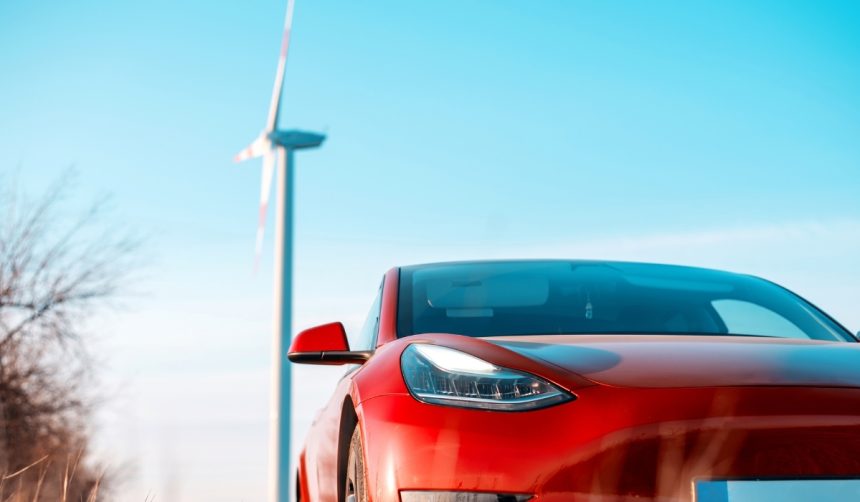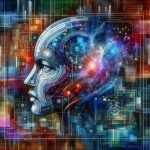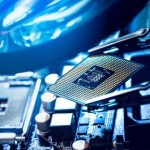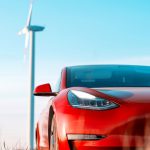Tesla continues to advance its autonomous driving technology by integrating new camera systems into the Model 3. This development is seen as a crucial step towards the company’s ambitious plans to introduce its Cybercab and robotaxi platforms across the United States. The updated Model 3 vehicles, equipped with previously unseen camera placements, are expected to enhance Tesla’s self-driving capabilities, ensuring a safer and more reliable ride-hailing service.
Earlier initiatives by Tesla in self-driving technology included the use of LiDAR systems, although the company has shifted focus towards camera-based solutions. Recent sightings of Model 3s with enhanced cameras align with Tesla’s strategic pivot, as opposed to earlier models which sporadically featured LiDAR rigs for testing purposes. This shift reflects Tesla’s commitment to refining its Full Self-Driving suite without relying on external sensing technologies.
Expanded Camera Systems in Model 3
The newly tested Model 3 vehicles have cameras placed in unconventional locations not typically seen in the standard configurations. These additional cameras are likely designed to capture more comprehensive data, improving the vehicle’s perception of its surroundings.
“We are optimizing our camera placements to enhance the overall safety and efficiency of our autonomous services,”
a Tesla representative noted.
Implications for Cybercab and Robotaxi Services
The integration of advanced camera systems is anticipated to play a pivotal role in the rollout of the Cybercab and robotaxi services. These enhancements aim to achieve a higher level of safety compared to human drivers, leveraging Tesla’s sophisticated Full Self-Driving software.
“The Cybercab will utilize these new camera configurations to provide reliable and secure transportation options,”
stated a company executive.
Future Launch Plans and Testing Locations
Tesla is currently progressing towards launching its driverless ride-hailing service in Austin, Texas, with additional locations on the horizon. The company is meticulous in developing a robust platform capable of managing autonomous operations effectively.
“Austin will be our initial market for driverless rides, serving as a model for future expansions,”
the executive added.
As Tesla moves closer to implementing its Cybercab and robotaxi services, the advancements in camera technology within the Model 3 exemplify the company’s dedication to autonomous innovation. Ensuring the safety and reliability of driverless transportation remains a top priority, with Tesla continuing to refine its systems through extensive testing. These efforts not only aim to enhance user experience but also set a precedent for the future of autonomous ride-hailing services.










